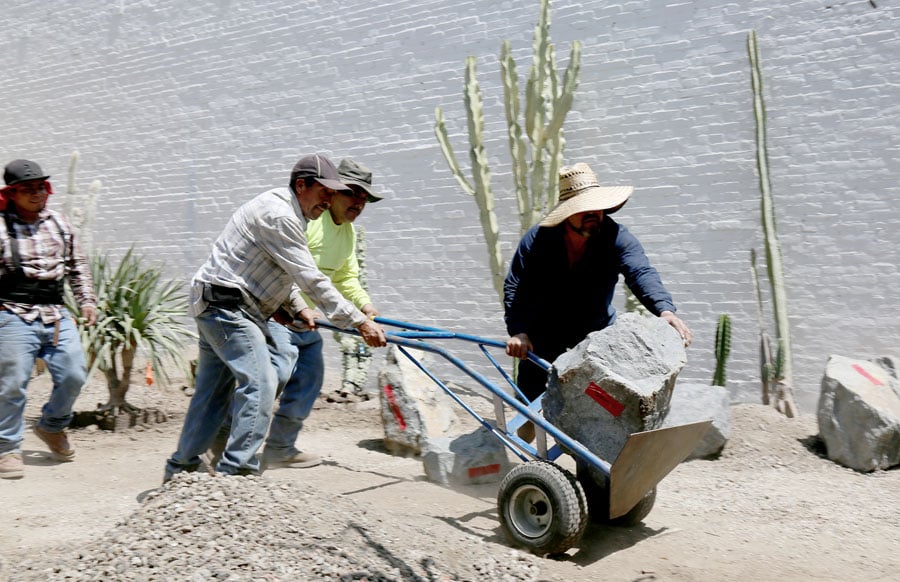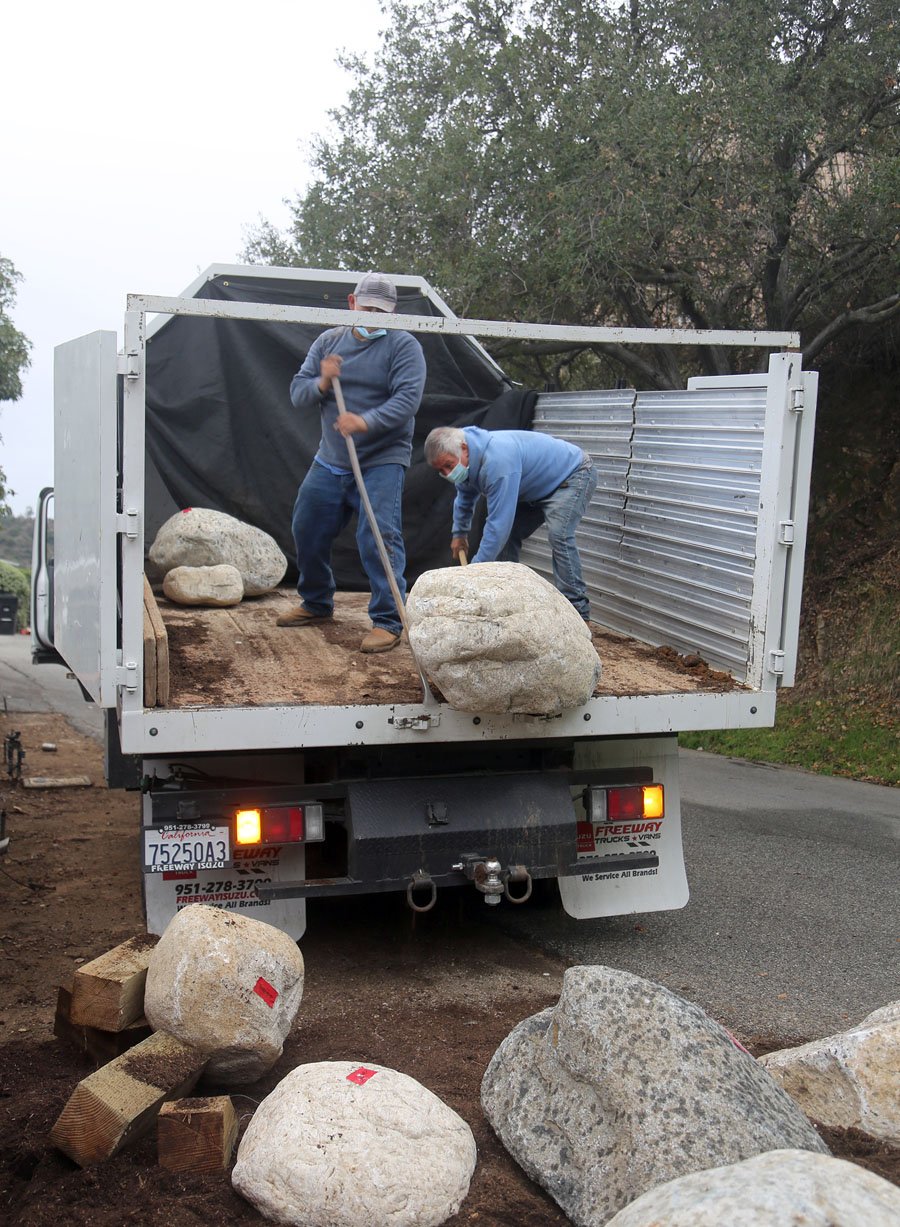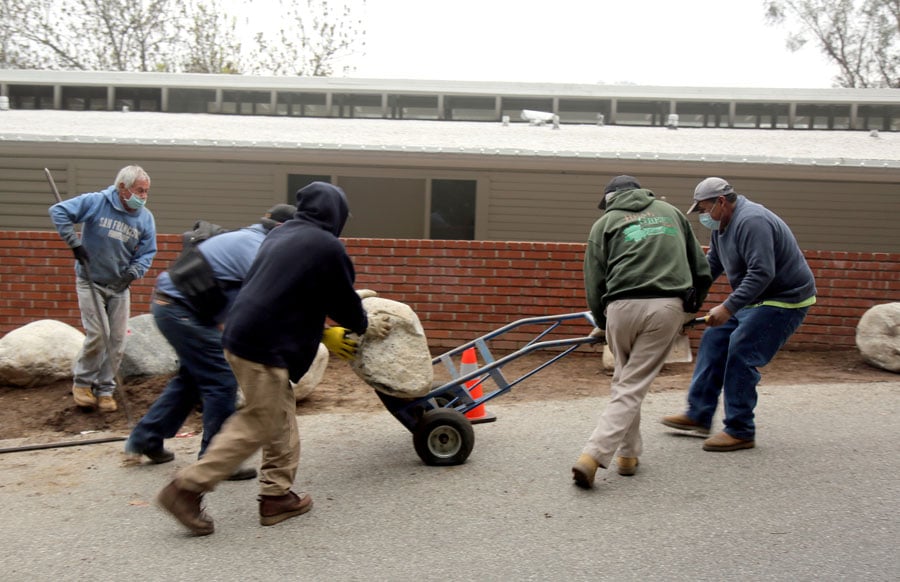
April 14, 2021
Landscape Architecture Has a Labor Acknowledgement Problem
To better acknowledge, respect, and compensate laborers, landscape design firm Terremoto calls for a fundamental reimagining of how professional practice is structured.

Last summer brought a long-overdue reckoning with race in this country, including within our profession of landscape architecture—both in terms of the egregious lack of racial diversity among accredited landscape architects and in regard to the environments we create and who feels welcome in them. But there exists another highly problematic issue that has historically remained unaddressed in our chosen sector of work. Rather than waiting for national protests to cue us to reconcile systemic quandaries, we’d like to talk about it now.
Landscape architecture has a labor acknowledgment problem. While we, as landscape architects and designers, may receive nearly all of the fees, attention, and accolades for our work, the majority of that work is built and maintained by the manual labor of low-wage immigrant workers, many of whom are undocumented. The $93 billion landscaping industry is built on the backs of a nearly two-thirds immigrant workforce, the majority of which, on the West Coast at least, is of Mexican and Central American origin. As landscape architects, what we do and how we cultivate the land is intrinsically tied to the people who put in the physical work to realize these projects. It is now time that we, as a professional community, do better in acknowledging, respecting, and appropriately compensating their labor.
To be clear: This acknowledgment issue is by no means unique to landscape architecture. It pervades the greater design and culture sector of our economy, where a low-paid, largely undocumented labor force puts in the sweat equity while existing outside a formal economy that ensures their wages, benefits, and security.
But this tendency can become especially problematic in landscape architecture—when we tout our commitment to ecology, combatting climate change, and creating resilient urban environments, without scrutinizing the structures and ethics of the labor we rely on.
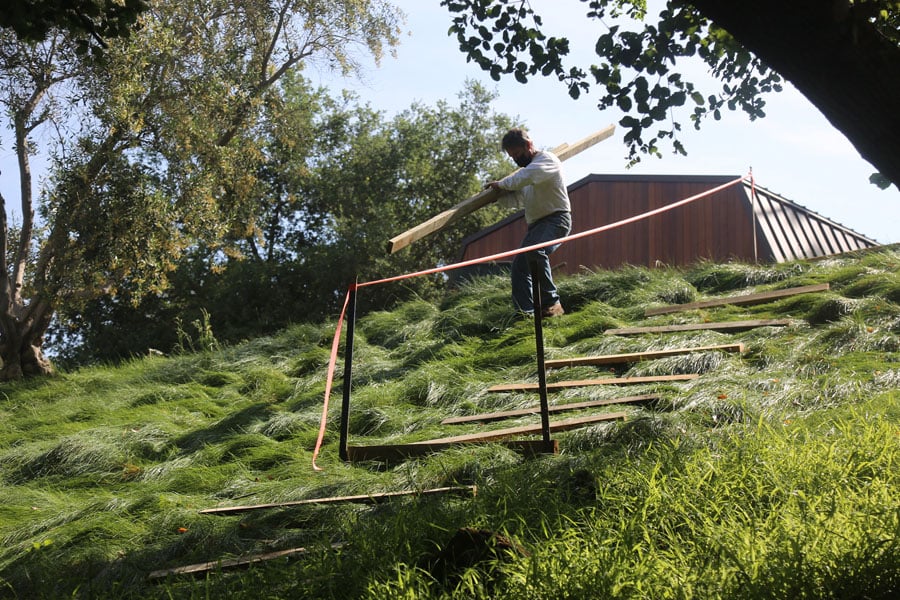
For decades, this conversation was seen as too political to take on directly. But ‘business as usual’ is now officially a bad scene, and if we claim to be an industry that cares about ethical and sustainable design, then it’s time for us—as a community—to begin a dialogue and, more importantly, move towards taking action. Because what’s the point of building environmentally considerate landscapes if we’re not also taking into account the wider social, political, and economic landscape? The world is a garden, so let’s cultivate it righteously.
We need to take care of the people who build and shape the land. We need to celebrate the manual labor that goes into the landscape projects and recognize the skill and wisdom that workers employ in bringing drawings to life. When we undervalue and poorly compensate the humans building our projects, we devalue their work and the land.
There are some firms that are committed to reforming this and offering a blueprint for what thoughtful practices can look like. Sacramento-based design/build firm Miridae is adamant about providing their crew with the same benefits and training as the rest of their staff. The construction team is featured prominently on the firm’s website and receives near-equivalent compensation to designers. (Importantly, this radical approach to his business model requires a rebalancing of wages across the firm.) As a result, Miridae has been able to integrate high-quality land care as part of its business and client offerings.

At Terremoto we’re intentionally explicit about the construction process in how we represent our work on our website. In doing so, we are attempting to honor the laborer’s contribution. We view the crews we work with as integral to our creative process: Our drawings, concepts, and sketches are never treated as sacred, and we deeply value workers’ input and insights on how to make things better. For our current Oak Pass project in Los Angeles, we worked iteratively with the team to co-design a beautiful set of trails and garden walls with reclaimed wood found on site.
As an industry, the images we use to portray our projects need to move away from the primacy of the completed project image as an accurate portrayal of the process. Creating beautiful landscapes is messy, beautiful, and requires dozens of hands beyond those of the designer. We need to ask ourselves how we improve on public credit and amplify these people who are so integral to our work (with their consent, of course).
In many ways, this conversation is a scary one to have because it demands a fundamental reimagining of how landscape architecture offices and business models are structured. But to start, we are calling out ourselves to do better. This means committing to having difficult conversations—internally as an office, with our contractors, and with our clients.
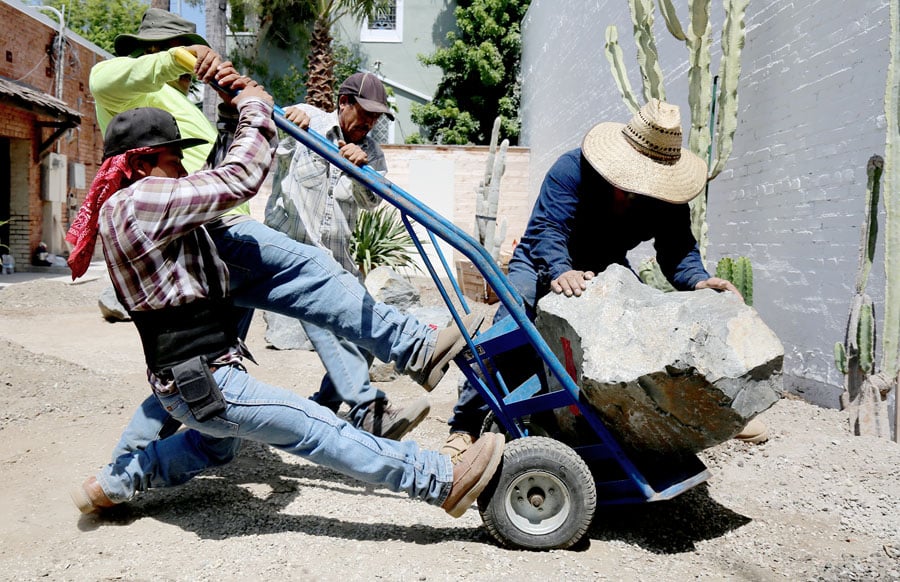
Some of the steps we’re committing to taking as an office are:
- Educating our clients about fair wages in landscape installation and maintenance, which we believe is not only a social imperative but also fosters long-term quality in the stewardship of their land
- Communicating our stance on these issues and highlighting the exceptional skill of the people we work with
- Exploring moving toward a living wage model of payment for the builders we work with (and we say explore deliberately, knowing that the construction industry’s ‘race to the bottom’ pricing approach makes this a continual process)
- Elevating our ongoing land stewardship and maintenance practice (and the fairly compensated labor involved therein) so that it sits alongside our design work, including to evolve clients away from the idea of landscape as ‘finished product’
- Connecting with local and statewide groups doing relevant work in the labor organizing and immigrant rights space, and doing our due diligence in advocating for legislation to improve the working conditions and benefits for our teams
- Establishing a dedicated internal working group that will be responsible for the implementation of these goals
We admit at the outset that we will mess up along the way. But we need to start somewhere. This is a conversation that’s been brushed aside for too long. We hope our peers, colleagues, and collaborators across the industry will join us in this dialogue and commitment to action. Because if we want to truly embody the values and philosophy that we say we do, it starts by acknowledging, respecting, and advocating on behalf of the people who build and maintain the designs that we create. And though this all will require changes in attitudes, business practices, and necessitate checking our egos at the door, Terremoto is down for that—and we’re hopeful that the wider industry is, too.
You may also enjoy “Architects Didn’t Invent Redlining, But We Helped Reinforce It—On Two Continents”
Would you like to comment on this article? Send your thoughts to: [email protected]
Register here for Metropolis’s Think Tank Thursdays and hear what leading firms across North America are thinking and working on today.
Recent Viewpoints
Viewpoints
Navigating the Path to Net Zero






